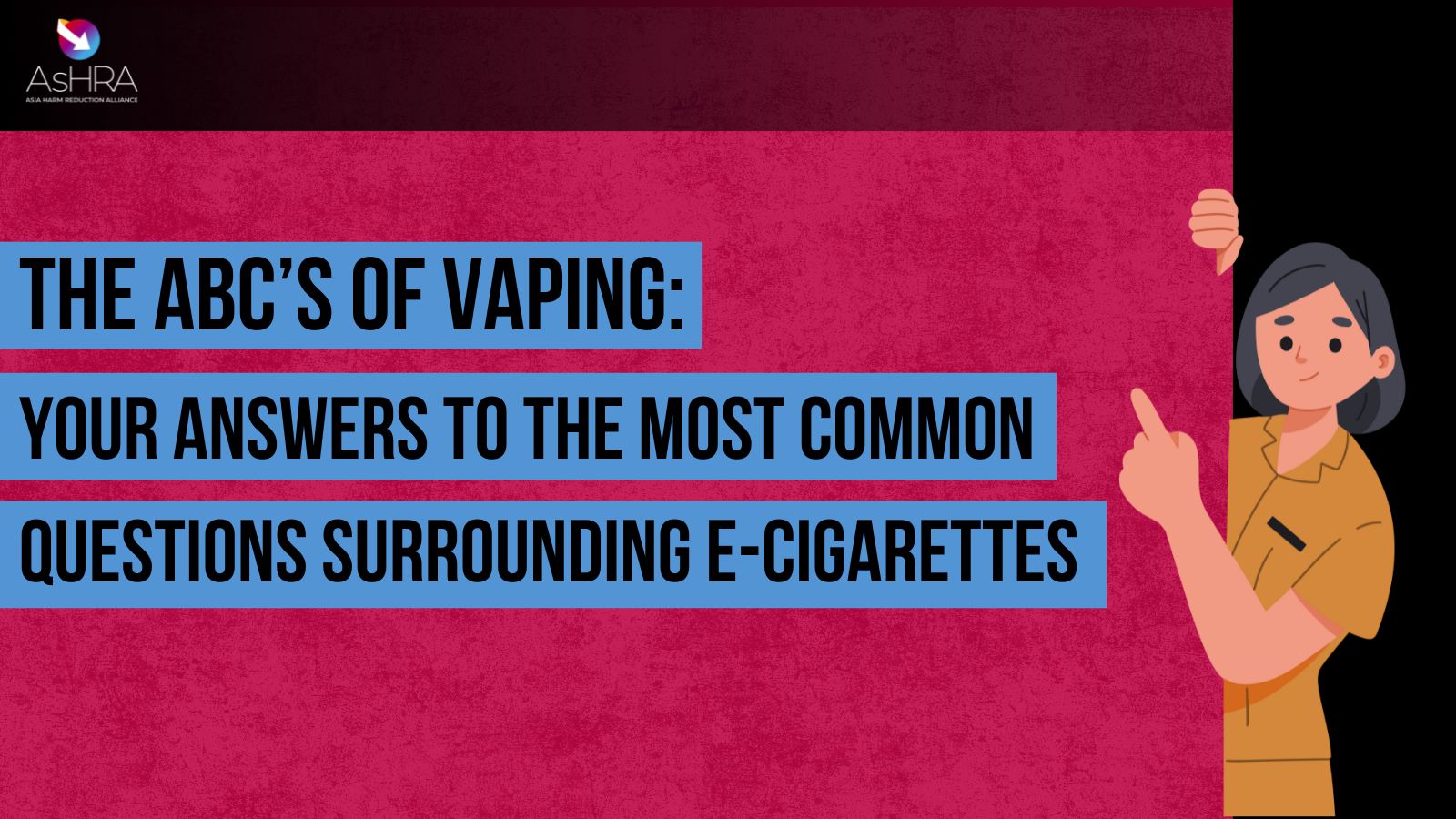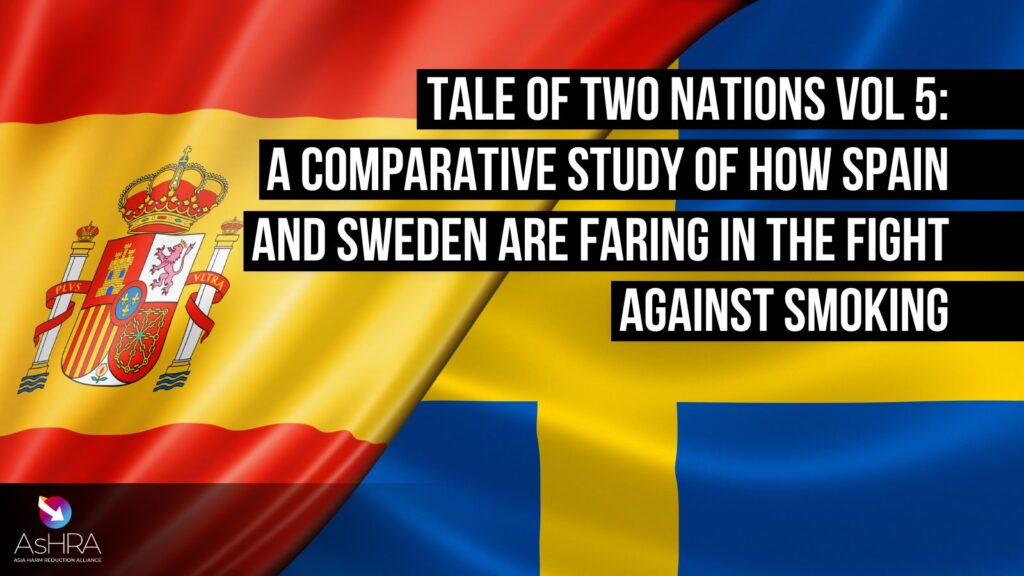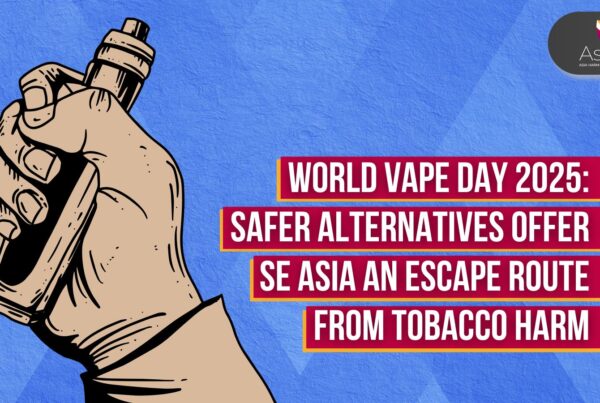Addressing vaping, flavours, popcorn lungs and more
One of the most popular tools for tobacco harm reduction is electronic nicotine delivery systems (ENDS), often referred to as e-cigarettes or vaping. Over the past few decades, the practice of vaping has only grown in popularity. However, this popularity comes with myths, misinformation and widespread apprehension that restricts the potential of this non-combustible alternative. But what are the actual benefits and risks of vapes? And how accurate are the statements against this practice?

Below, we have compiled five articles that provide a well-rounded background on vaping. This includes the extent of its benefits, the accuracy of its harms and the role that it plays in tobacco harm reduction.
This webpage provides a definition of vaping, which importantly affirms that ‘vaping contains zero tobacco.’ The webpage also provides a library of scientific resources that discuss the benefits of vaping for former smokers.
2. 4 Differences Between Nicotine Pouches and Vaping
When tobacco harm reduction is discussed, the two main products that people refer to are often e-cigarettes or vapes and nicotine pouches. But are they equally beneficial? How do they compare to each other? Which is better for the average consumer? This article introduces both alternatives and addresses four key considerations that may set one apart compared to the other.
3. What is the Role of Flavours in Vaping, and Why is it Important for Harm Reduction?
In the switch from combustible cigarettes to vapes and the battle between the two, an advantage that vapes can have is in their flavours. While the liquid used in vapes is by itself without taste, adding food-grade flavours can and does attract more smokers to vape as an alternative. This article summarises a report on the importance of flavours and their proven benefits.
4. Is Popcorn Lung a Vaping Risk?
One of the strongest arguments that emerge against vaping is its association with popcorn lung. However, does such an association exist at all? This article explores the links between workplace exposure to diacetyl, popcorn lung, and the paranoia associated with vaping. It also explains how the safety of vaping has been and continues to be monitored.
5. Leading Harm Reduction Experts Dispute Claim that Vaping is a Gateway to Smoking
A reason provided by many countries for limiting or banning vapes is their claim that it creates a gateway to smoking. While vapes are best and ideally used as harm-reduced alternatives for current and former smokers, sceptics argue that vaping can encourage non-smokers – and particularly the youth – to start smoking combustible cigarettes. However, a recent study shared in this article shows that such claims are baseless. Moreover, a harm reduction strategy promotes the need to have risk-proportionate policies that create barriers for the youth without compromising on access and affordability of vapes for former smokers.
Together, the articles above help users and curious others better understand vaping and the discussions surrounding it. They also show that the risks associated with such products lie on a continuum, where combustible cigarettes are much further up the scale in terms of harm than vapes. This is what makes vaping a vital alternative to promote among smokers. You can learn more about the scientific research surrounding vapes here.
Related Posts
 Time to support Filipino vape law, not relitigate it
Time to support Filipino vape law, not relitigate it
Time to support Filipino vape law, not relitigate it
 Greens’ Plan To Legalise Nicotine Vapes Lauded
Greens’ Plan To Legalise Nicotine Vapes Lauded
Greens’ Plan To Legalise Nicotine Vapes Lauded
 Taiwan Vaping Ban Disappointing For Its Many Smokers
Taiwan Vaping Ban Disappointing For Its Many Smokers
Taiwan Vaping Ban Disappointing For Its Many Smokers
More about
Alcohol Harm Reduction
More about





